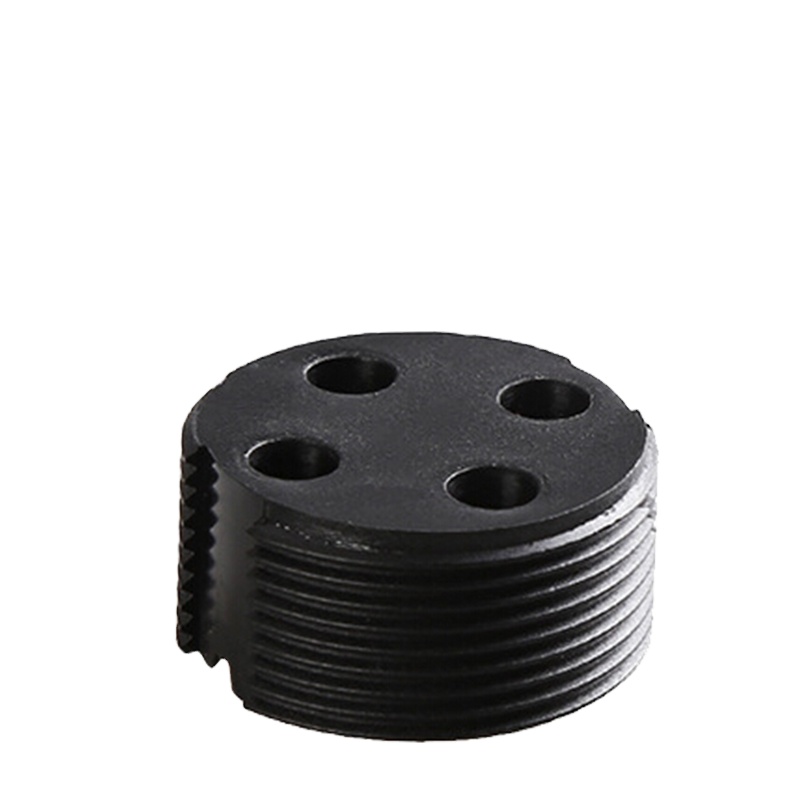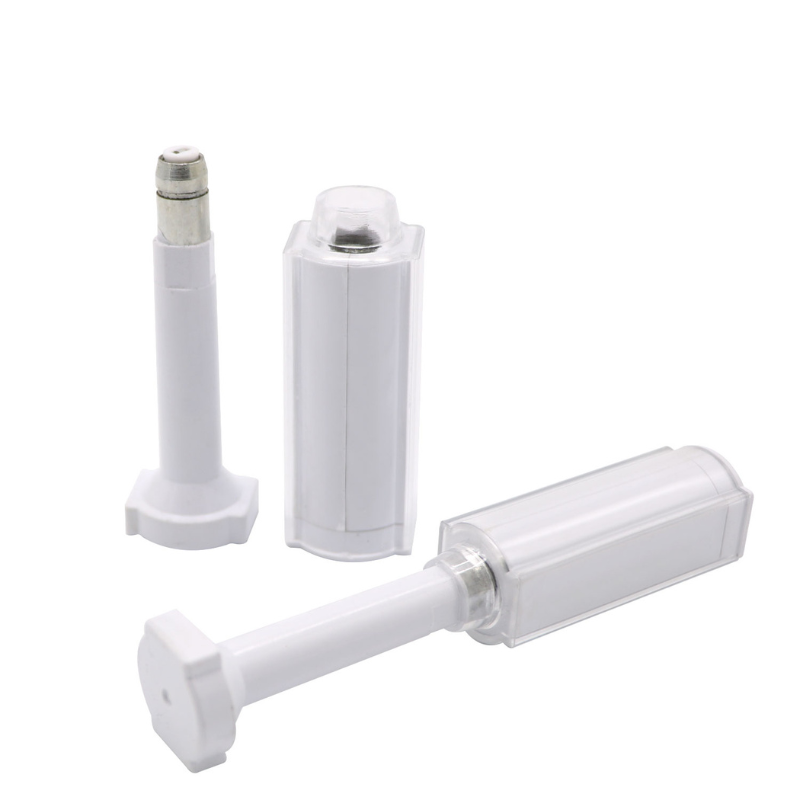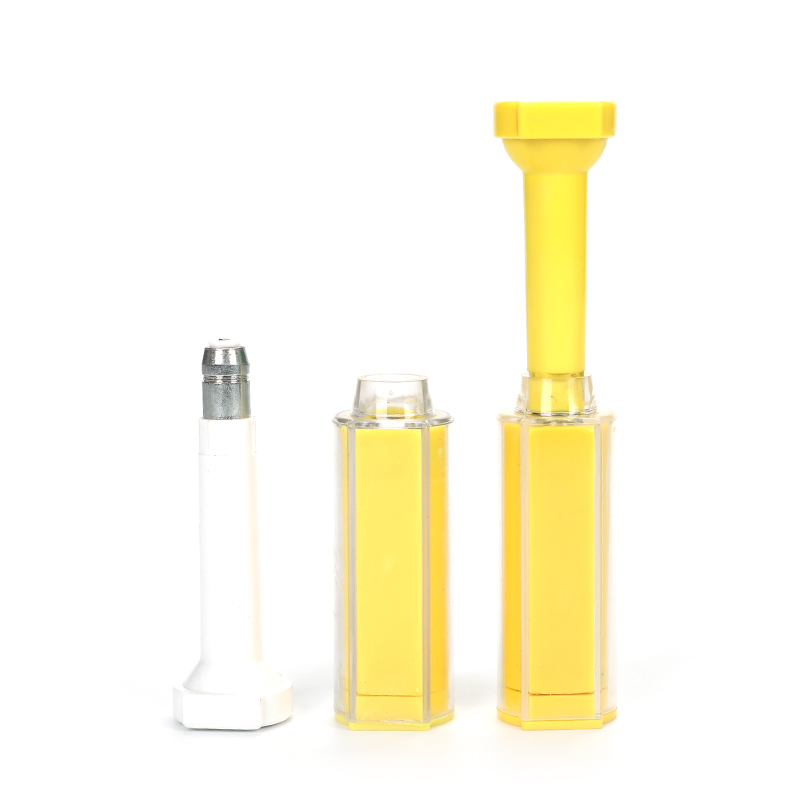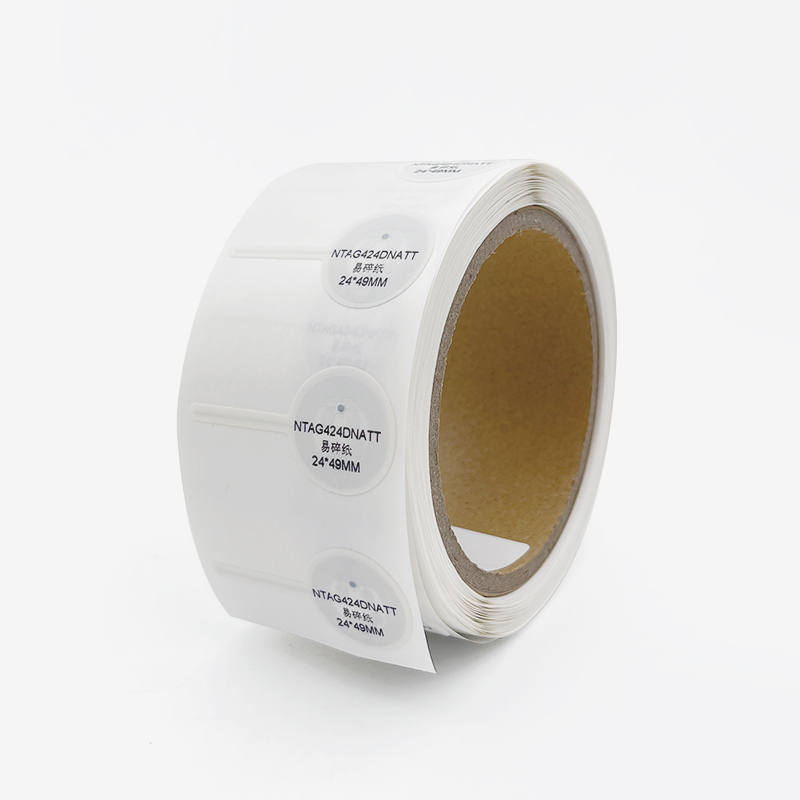
Wat is het verschil tussen NFC en RFID?
Inhoudsopgave
NFC en RFID: belangrijkste verschillen, toepassingen en welke te kiezen (gids voor 2025)
Van voorraadbeheer tot contactloos betalen: deze draadloze communicatiemethoden helpen bedrijven om processen te automatiseren, fouten te verminderen en de veiligheid te verbeteren.
Deze gids legt het verschil uit tussen RFID en NFC, hoe ze werken, hun toepassingen en welke het beste bij uw behoeften past in 2025.
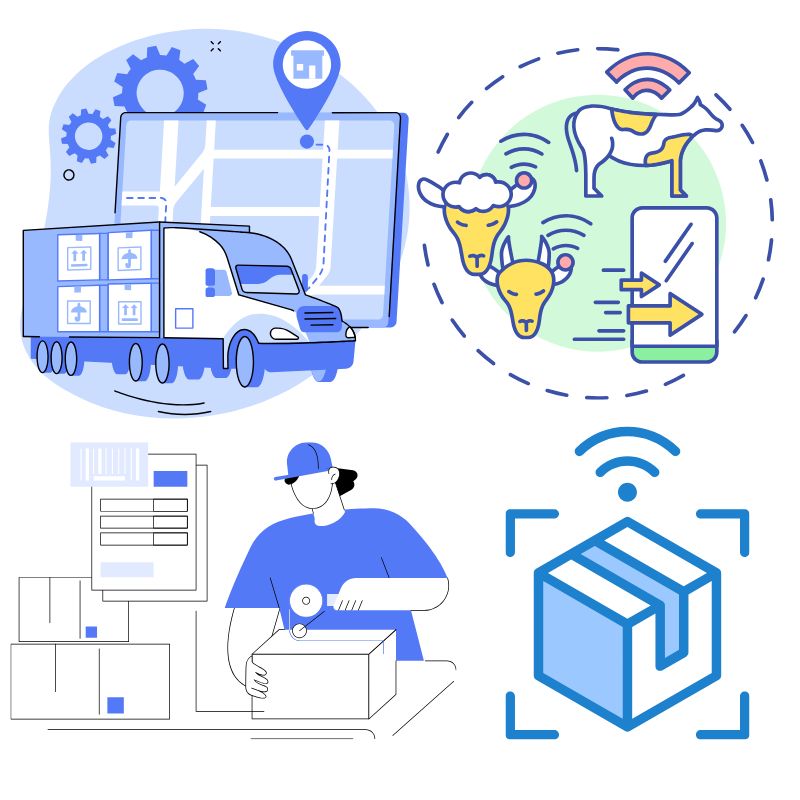
Wat zijn RFID en NFC?
RFID (radiofrequentie-identificatie)
RFID maakt gebruik van radiogolven om objecten automatisch te identificeren en te volgen via RFID-tags en RFID-lezers. Het wordt veel gebruikt in sectoren zoals logistiek, detailhandel, productie en gezondheidszorg om activa te volgen en supply chain-activiteiten te stroomlijnen.
- Frequentiebanden: laag (LF), hoog (HF) en ultrahoge (UHF)
- Leesbereik: tot 100 meter (actieve tags)
- Tags: Passief (zonder batterij) of actief (op batterijen)
- Toepassingen: Voorraadbeheer, asset tracking, toegangscontrole
NFC (Near Field Communication)
NFC is een gespecialiseerde subset van RFID, die werkt op 13,56 MHz (HF). In tegenstelling tot algemene RFID maakt NFC tweerichtingscommunicatie mogelijk tussen apparaten op zeer korte afstand, doorgaans minder dan 4 cm. Het wordt veel gebruikt voor veilige, snelle gegevensuitwisseling, zoals mobiele betalingen of digitale visitekaartjes.
- Frequentieband: hoge frequentie (13,56 MHz)
- Bereik: Binnen enkele centimeters
- Interactiviteit: Ondersteunt tweerichtingscommunicatie
- Gebruiksscenario's: contactloos betalen, koppelen met smartphones, openbaar vervoer
NFC versus RFID: wat is het verschil?
Het verschil tussen RFID en NFC zit 'm in het bereik, de interactie, het vermogen en de toepassingen. Hier is een snelle vergelijkingstabel:
| Functie | RFID | NFC |
|---|---|---|
| Frequentieband | LF, HF, UHF | HF (13,56 MHz) |
| Leesbereik | Tot 100 meter | Binnen een paar centimeter |
| Mededeling | Eenrichtingsverkeer (meestal) | Tweerichtingsverkeer |
| Energiebron | Passief of actief | Meestal passief |
| Toepassingen | Voorraadbeheer, toeleveringsketen, toegangscontrole | Mobiele betalingen, gegevensuitwisseling |
| Interactiviteit | Laag | Hoog (interactie tussen gebruiker en apparaat) |
- “RFID is ideaal voor het op grote schaal volgen van activa, terwijl NFC is ontworpen voor veilige interacties op korte afstand, zoals mobiele betalingen.”
Hoe RFID-technologie werkt
Een RFID-systeem bestaat uit drie kerncomponenten:
- RFID-tags: slaan artikelinformatie op (kunnen alleen-lezen of lees-/schrijfbaar zijn).
- RFID-lezer: zendt een signaal uit om passieve tags van stroom te voorzien en gegevens op te halen.
- Softwaresysteem: interpreteert en beheert verzamelde gegevens.
Soorten RFID-tags
- Passieve RFID-tags: geen interne batterij, gevoed door het signaal van de RFID-lezer.
- Actieve RFID-tags: hebben een eigen stroombron voor een groter bereik en frequente gegevensupdates.
RFID- en NFC-lezers zijn verkrijgbaar in handheld- en vaste formaten, afhankelijk van de toepassing.
Hoe NFC werkt
NFC-technologie maakt communicatie op korte afstand mogelijk tussen twee NFC-apparaten of tussen een apparaat en een NFC-tag.
Voordelen van NFC:
- Tap-and-Go-eenvoud: geen koppeling of scannen nodig.
- Hoge veiligheid: ideaal voor contactloze financiële transacties.
- Tweerichtingscommunicatie: In tegenstelling tot de meeste RFID-systemen kunnen gegevens in beide richtingen worden verzonden.
NFC- en RFID-lezers worden steeds vaker geïntegreerd in smartphones, POS-terminals en transitpoortjes voor snelle, betrouwbare en veilige interacties.
Toepassingen van RFID
RFID en NFC maken beide diverse toepassingen mogelijk, maar dankzij het grote bereik en de flexibiliteit van RFID is deze technologie ideaal voor:
Voorraadbeheer
- Realtime updates
- Geautomatiseerde tracking in magazijnen
Activa volgen
- Medische apparatuur, instrumenten of voertuigen controleren
- Verhoog de efficiëntie in logistiek en gezondheidszorg
Toegangscontrole
- Gebruik RFID-sleutelkaarten, sleutelhangers of badges
- Controleer de toegang tot beveiligde gebouwen of zones
Toepassingen van NFC
De veilige en korteafstandsmogelijkheden van NFC komen goed tot hun recht in persoonlijke en publieke toepassingen:
Mobiele betalingen
- Apple Pay, Google Pay, Samsung Pay.
- Beveilig transacties in enkele seconden.
Slimme apparaten en marketing
- Tik om apps te starten of contactgegevens te delen.
- Slimme tags voor productinformatie of check-ins.
Transportsystemen
- Contactloze ov-kaarten.
- Gemakkelijk instappen in het metro- en busnetwerk.
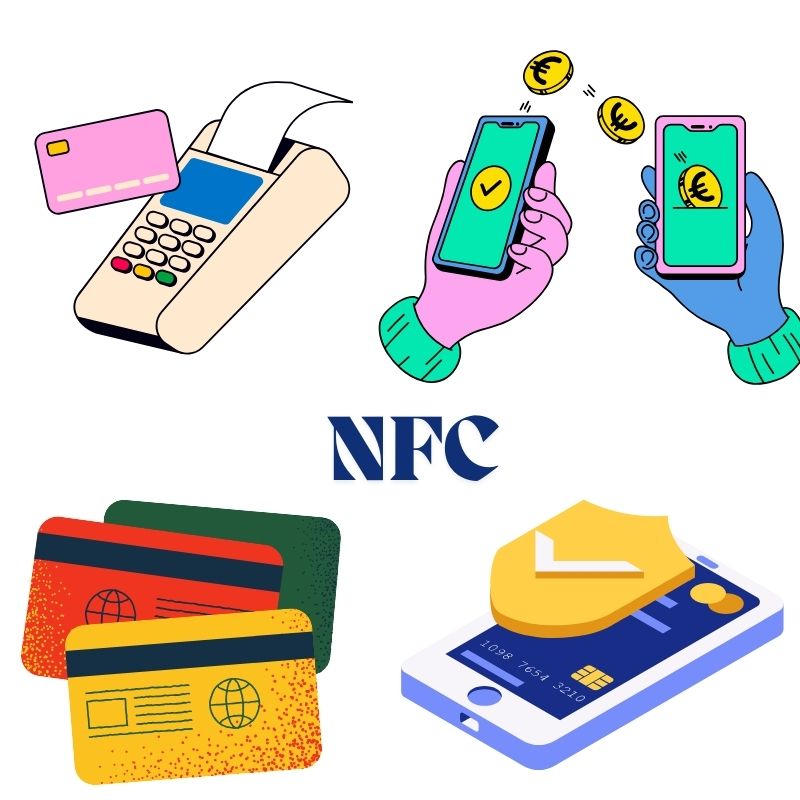
NFC versus RFID: welke moet u gebruiken?
| Gebruiksgeval | Beste technologie |
|---|---|
| Langeafstandstracking | RFID |
| Voorraadbeheer of supply chain-activiteiten | RFID |
| Veilige, persoonlijke transacties | NFC |
| Mobiele betalingen en identiteitsbewijzen | NFC |
| IoT slimme automatisering | Beide |
Als u duizenden activa beheert, is RFID de beste keuze. Voor individuele, veilige interacties, zoals het tikken met uw telefoon, is NFC de voor de hand liggende keuze.
NFC en RFID in IoT (Internet of Things)
RFID en NFC vormen de basis van IoT-ecosystemen en zorgen ervoor dat fysieke objecten kunnen “communiceren” met digitale systemen.
- RFID in IoT: Controleert goederen in toeleveringsketens en productiefaciliteiten.
- NFC in IoT: Maakt veilige apparaatkoppeling, toegang tot smart homes en realtime bediening via smartphones mogelijk.
“De combinatie van NFC- en RFID-tags verandert het IoT door fysieke activa te verbinden met de cloud.”
De rol van frequentie in NFC- en RFID-prestaties
Inzicht in frequentie helpt bij het kiezen van het juiste systeem:
- LF (125–134 kHz) – Korte afstand, gebruikt voor toegangscontrole
- HF (13,56 MHz) – Gebruikt door zowel RFID als NFC
- UHF (860-960 MHz) – Groot bereik, ideaal voor toeleveringsketens
Elke frequentie ondersteunt verschillende bereiken en leessnelheden, waardoor de keuze van RFID- en NFC-lezers belangrijk is voor de prestaties van het systeem.
Veelgestelde vragen over NFC en RFID
Wat is het belangrijkste verschil tussen RFID en NFC?
NFC is een onderdeel van RFID. Terwijl RFID een groter bereik en eenrichtingscommunicatie ondersteunt, is NFC ontworpen voor tweerichtingscommunicatie over korte afstanden.
Kunnen NFC- en RFID-tags door elkaar worden gebruikt?
Niet altijd. NFC werkt alleen op HF, terwijl RFID LF, HF of UHF kan gebruiken. NFC-tags werken alleen met NFC-lezers, niet met alle RFID-lezers.
Zijn RFID-tags veilig?
Passieve RFID-tags kunnen zonder encryptie kwetsbaar zijn. NFC biedt meer ingebouwde beveiliging, vooral voor financiële transacties.
Wat is een NFC- en RFID-lezer?
Het is een apparaat dat wordt gebruikt om RFID- of NFC-tags te lezen. Veel moderne smartphones fungeren als NFC-lezers voor contactloze acties.
Hoe werken NFC-betalingen?
Apparaten gebruiken NFC om versleutelde betalingsgegevens draadloos naar compatibele terminals te verzenden — fysiek contact is niet nodig.
Welke sectoren profiteren het meest van RFID?
De detailhandel, gezondheidszorg, logistiek, productie en opslag maken gebruik van RFID voor automatisering en zichtbaarheid.
Laatste gedachten
Zowel RFID als NFC bieden aanzienlijke voordelen, of u nu pallets volgt of betalingen uitvoert met uw smartphone. Uw keuze moet aansluiten bij uw operationele behoeften:
- Kies voor RFID voor brede, geautomatiseerde tracking.
- Kies voor NFC voor veilige interacties op korte afstand.
Nu RFID- en NFC-tags zich samen met IoT verder ontwikkelen, is dit het perfecte moment om ze in uw workflow te integreren.
Hulp nodig bij het kiezen van het juiste NFC- of RFID-systeem voor uw bedrijf?
Neem contact met ons op vandaag nog of bekijk ons volledige assortiment NFC- en RFID-lezers en -tags.

Ray Zhou
Dit artikel is geschreven door Ray Zhou, een RFID technologie expert met meer dan 10 jaar ervaring in de industrie.
Reacties
Populaire producten
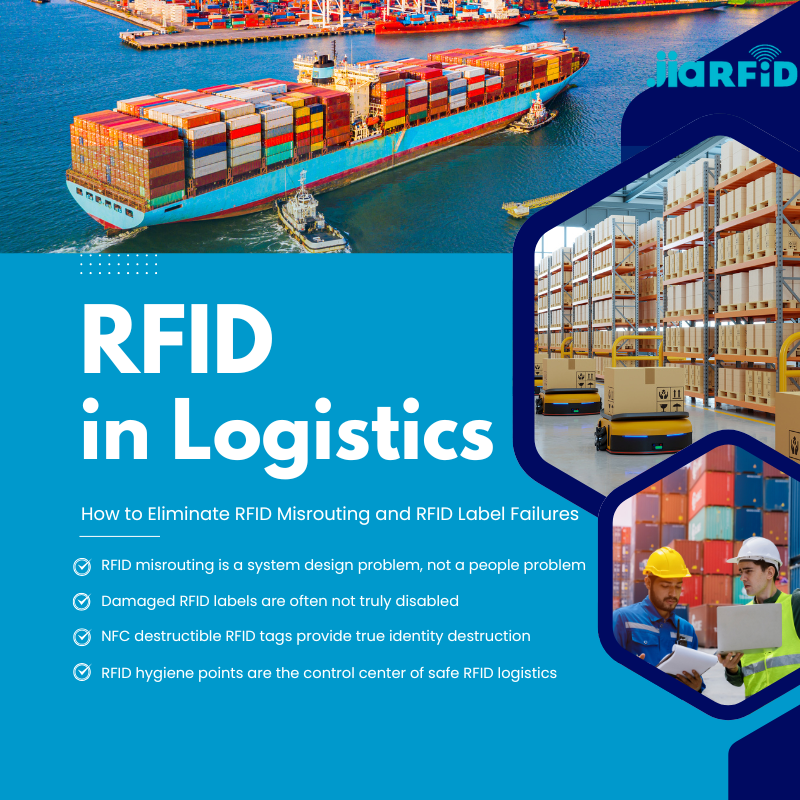
RFID in de logistiek: hoe RFID-misrouting en RFID-labelstoringen te voorkomen
RFID in de logistiek is meer dan alleen een hulpmiddel om processen te versnellen. Het is een essentieel onderdeel geworden van de werking van moderne toeleveringsketens.
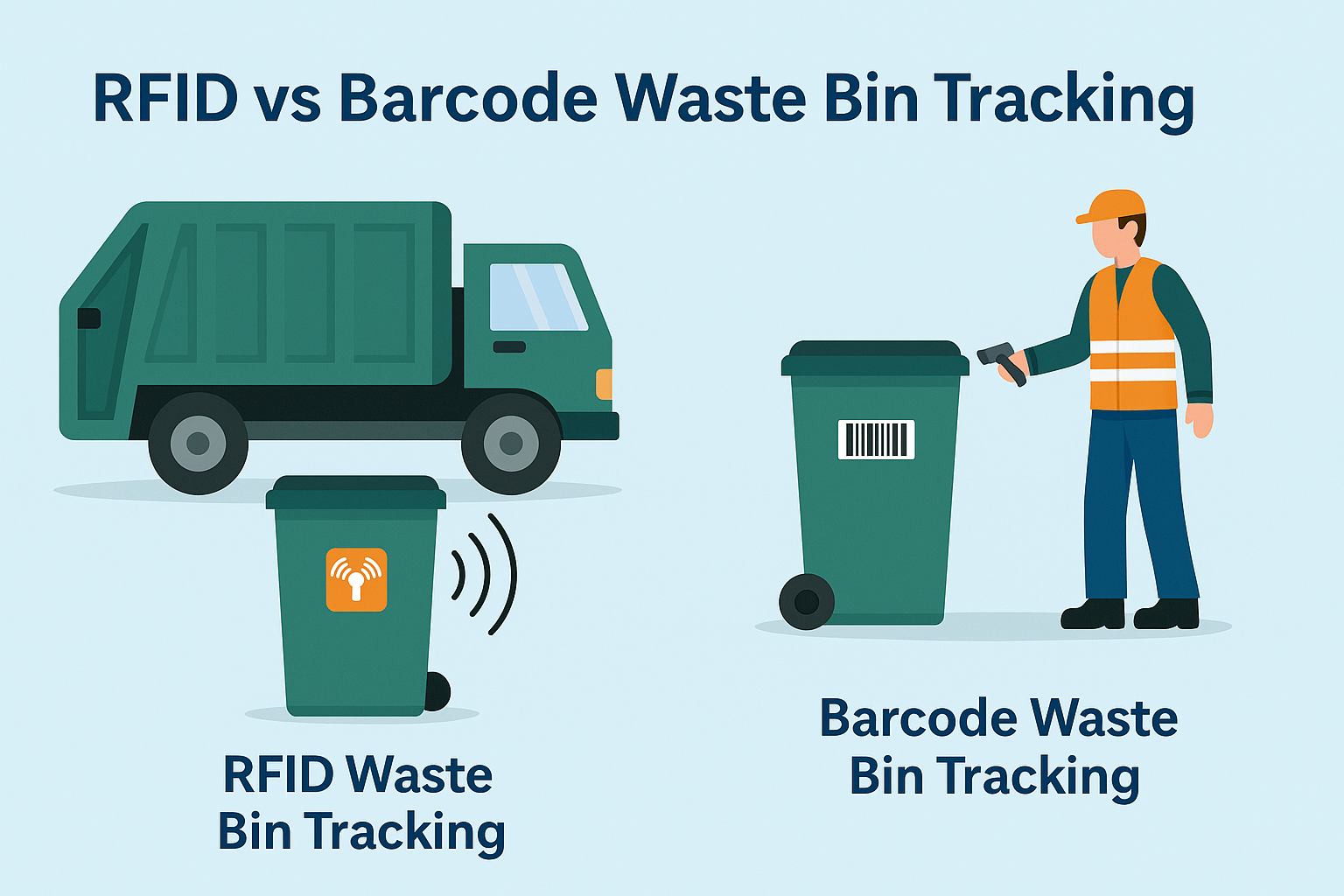
Wat is RFID-afvalbeheer?
Stel je een stad voor waar elke vuilnisbak spreekt – niet letterlijk – maar via een kleine chip die het systeem laat weten wanneer hij vol is, wanneer hij wordt geleegd en waar hij naartoe gaat. Dat is wat RFID-afvalbeheer vandaag de dag doet.
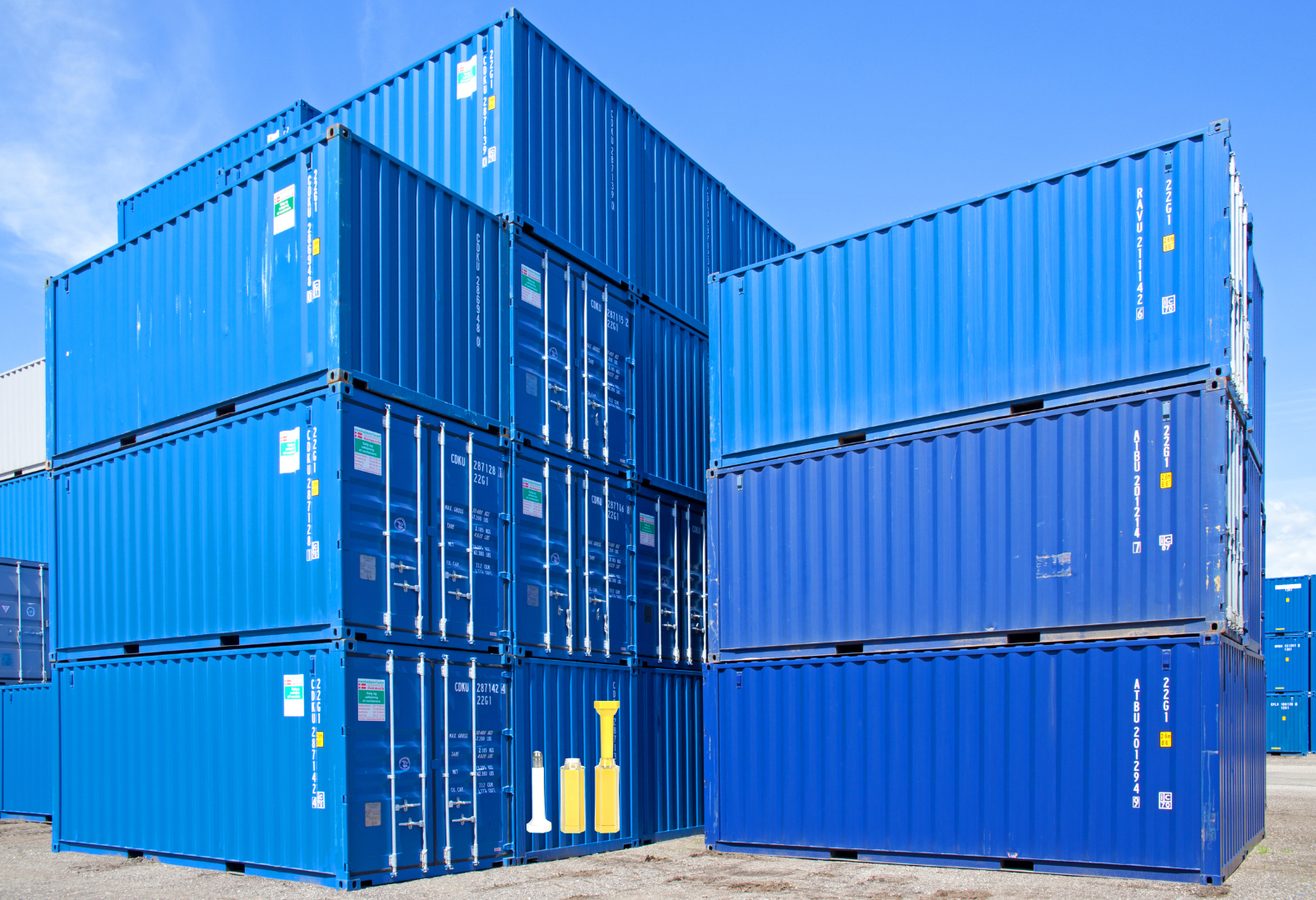
Wat zijn boutafdichtingen en hun toepassingen? | Complete gids
In de wereldwijde handel en logistiek spelen grendelafdichtingen een cruciale rol bij het garanderen van de veiligheid en naleving van de vrachtwetgeving. Deze kleine maar krachtige apparaten zijn ontworpen om zeecontainers, trailers en vrachtdeuren te vergrendelen met een mechanisme dat knoeien onmogelijk maakt.
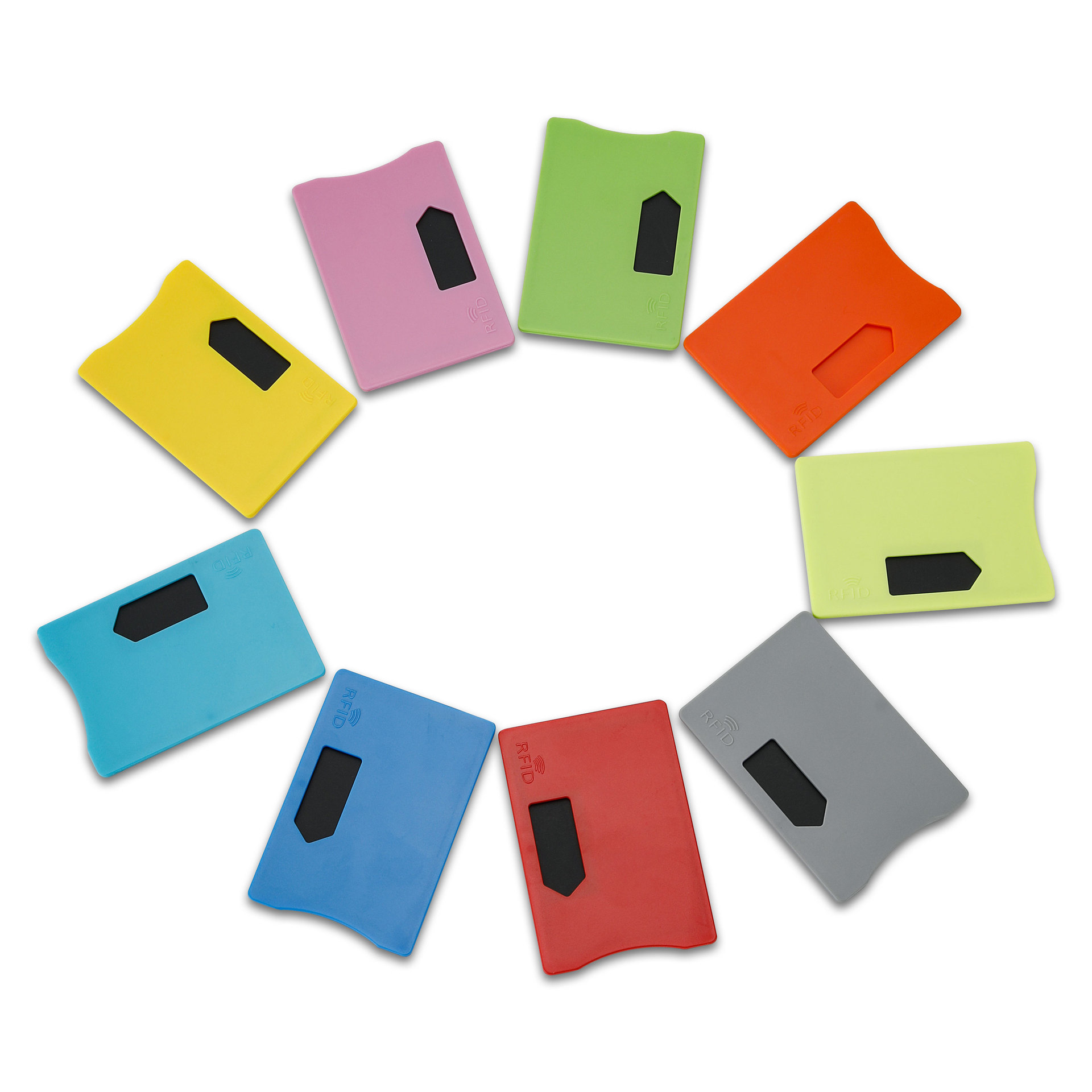
Wat is een RFID-kaartbeschermer? Voordelen, gebruik en koopgids
RFID-technologie (Radio Frequency Identification) is overal: in je creditcards, identiteitskaarten, vervoerspassen, sleutels van hotelkamers en nog veel meer. Het biedt snelheid en gemak, maar het opent ook de deur naar een nieuwe vorm van digitale diefstal die "skimming" wordt genoemd. Dat is waar een RFID kaartbeschermer om de hoek komt kijken.

RFID-polsbandjes voor evenementen: Bulk-inkoopgids voor organisatoren
RFID-polsbandjes voor evenementen worden steeds meer de oplossing voor organisatoren die snellere toegang, fraudepreventie en cashloze betalingen nodig hebben voor concerten, festivals en sportlocaties. In tegenstelling tot papieren tickets of QR-codes gebruiken deze slimme polsbandjes ingebouwde chips om de toegang te stroomlijnen, transacties te beveiligen en de gastervaring te verbeteren.
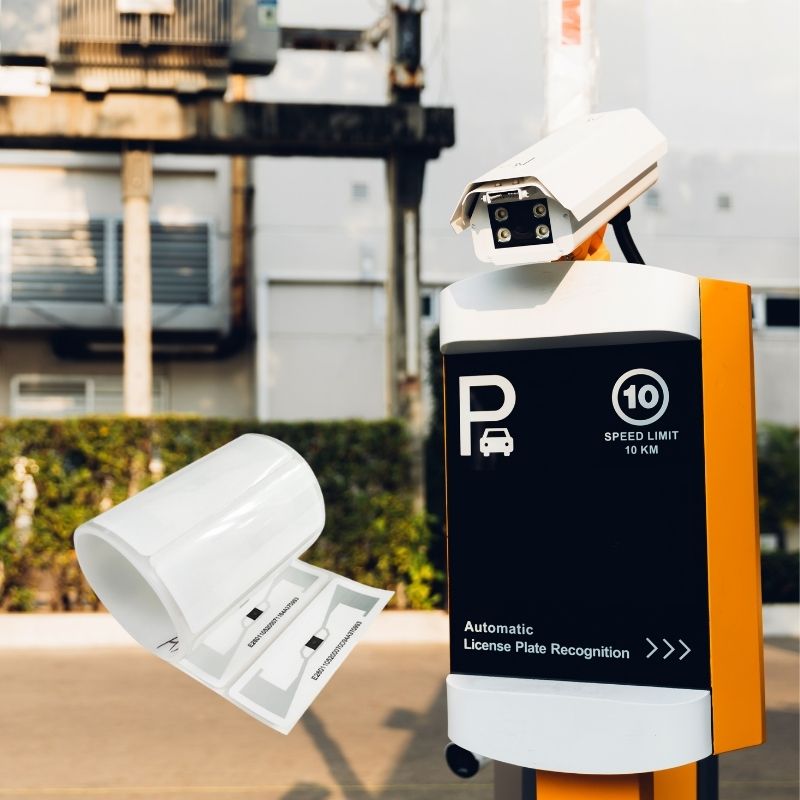
Hoe RFID-tag op voorruit toegangscontrole en tolsystemen voor voertuigen verbetert
In de snelle wereld van vandaag moet voertuigidentificatie snel, veilig en contactloos zijn. Een RFID Tag op de voorruit biedt precies dat - een betrouwbare manier om tolheffing, parkeren en toegangspoorten te beheren zonder voertuigen te stoppen.
Labels
GERELATEERDE BLOGS

RFID in de logistiek: hoe RFID-misrouting en RFID-labelstoringen te voorkomen
RFID in de logistiek is meer dan alleen een hulpmiddel om processen te versnellen. Het is een essentieel onderdeel geworden van de werking van moderne toeleveringsketens.

Wat is RFID-afvalbeheer?
Stel je een stad voor waar elke vuilnisbak spreekt – niet letterlijk – maar via een kleine chip die het systeem laat weten wanneer hij vol is, wanneer hij wordt geleegd en waar hij naartoe gaat. Dat is wat RFID-afvalbeheer vandaag de dag doet.

Wat zijn boutafdichtingen en hun toepassingen? | Complete gids
In de wereldwijde handel en logistiek spelen grendelafdichtingen een cruciale rol bij het garanderen van de veiligheid en naleving van de vrachtwetgeving. Deze kleine maar krachtige apparaten zijn ontworpen om zeecontainers, trailers en vrachtdeuren te vergrendelen met een mechanisme dat knoeien onmogelijk maakt.


